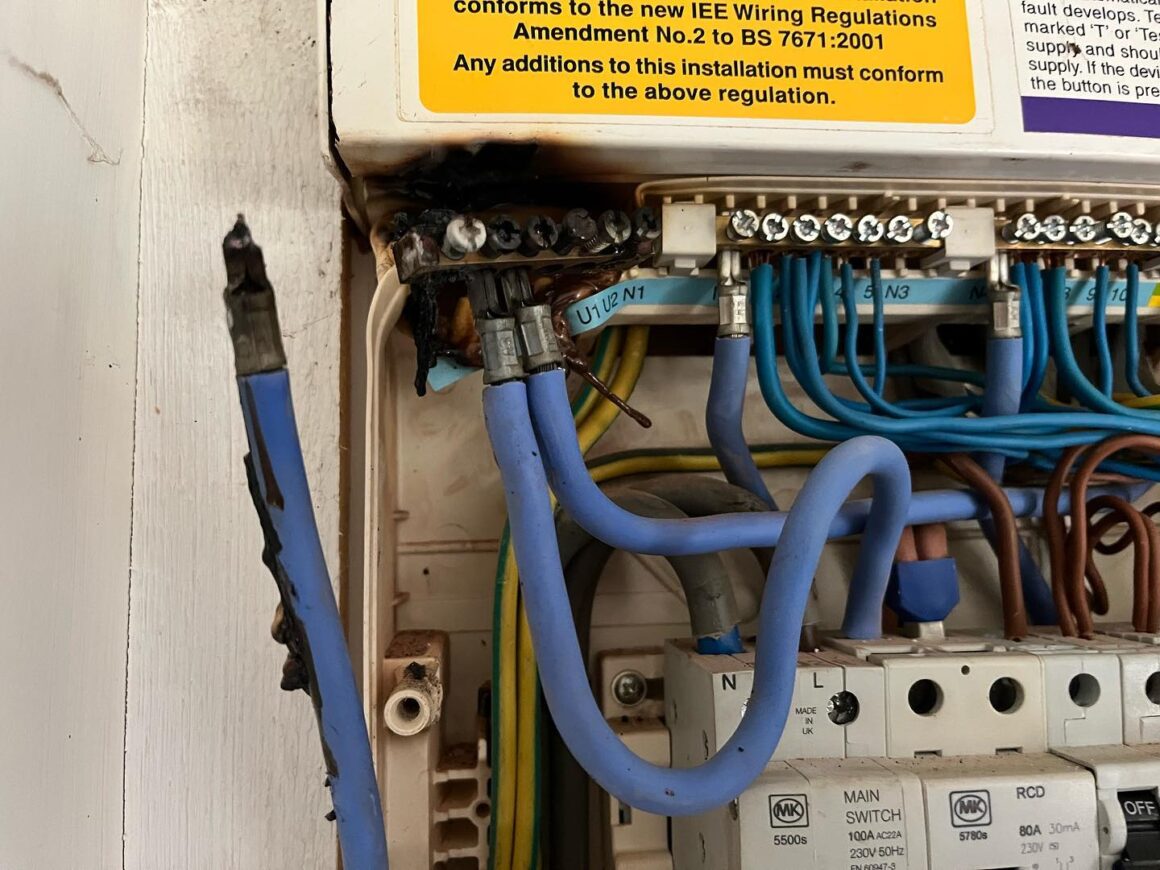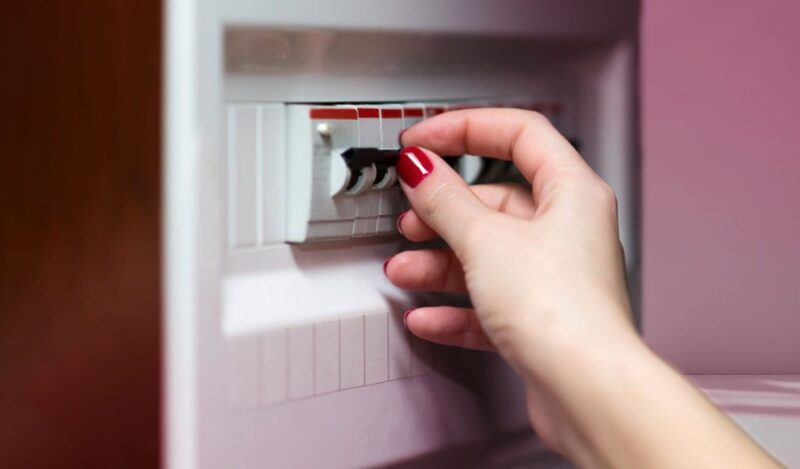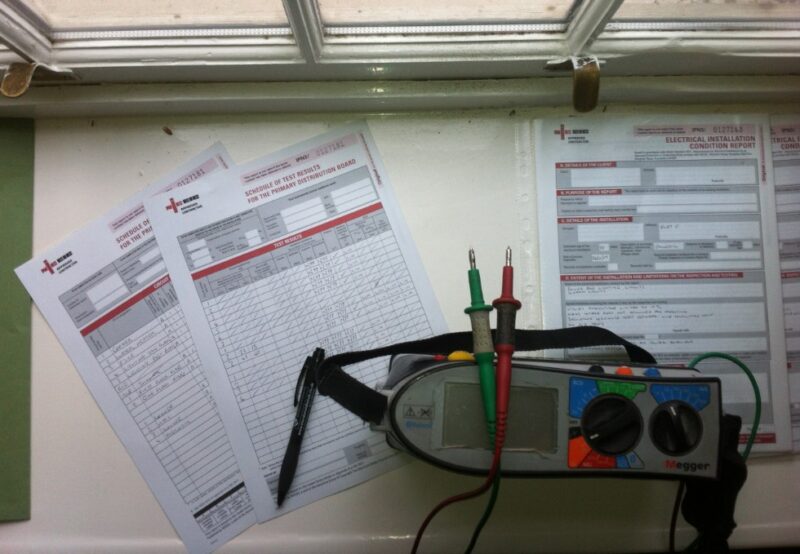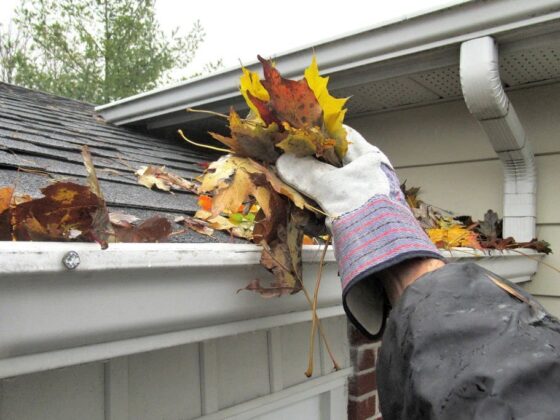Living comfortably in your home involves more than just a cozy couch and sound infrastructure. A stable electrical system is equally important and integral to this system are fuses.
Blown fuses can mean appliances going off or even a risk of fire in the house! Fortunately, the advice here will guide you on how to tackle this issue effectively.
The Role of Fuses
Electrics should be part of any home safety checklist. Fuses play a vital role in this area. They are there to stop circuits from overloading from too much current. With a certain amount of electrical current, you can keep your home running smoothly. But if too much is drawn, things spark up—you do not want this happening!
A fuse will save the day during such calamities. It contains a metal wire or strip that melts when too much current flows through it, subsequently breaking the circuit and preventing damage or any potential electrical fire.
Common Fuse Issues
Knowing common fuse issues will assist in figuring out when your fuse has blown out. The most frequent problem arises when there is an overload. This occurs when more amperage than the fuse is designed to handle runs through your electrical system. Such a situation leads to a blown fuse. You might experience this when running several potent appliances at once.
Another issue is a short circuit, which can be termed as a severe form of overload. This happens when live electrical wires directly come into contact with neutral ones, generating a substantial amount of current flow that results in overheating and an eventual blown fuse.
Spotting Blown Fuses

An initial sign of a blown fuse may be power going off in parts or the entire house, especially if breakers aren’t tripped and the power outage is localized within your home. More so, struggling devices or flickering lights are signs signaling an impending blown fuse. The problem area often responds promptly when you turn on an appliance or plug something into an outlet.
Beyond these signs, your actual fuses serve as the most absolute proof of a blown fuse. A visual inspection of your fuses might reveal charred glass or melted wires—indications that your fuses have borne the brunt of an overpowering electrical current.
TheLocalElectrician Insights
This article wouldn’t be complete without expert advice from seasoned electricians. You can gain insights at TheLocalElectrician and benefit from their expertise. They have emphasized that blown fuses are commonly caused by poor wire connections and improperly rated fuses, which occur when you replace fuses with ones carrying wrong amperage ratings for your circuit needs.
An essential tip they shared: Rather than handling overly technical aspects yourself, consider working closely with professional electricians like those at TheLocalelectrician who ensure your home’s electrical safety. Remember, ignorance can lead you into creating a more hazardous condition than your initially blown fuse!
Fuse Box Location
If a fuse blows, locating it is necessary to replace it. Fuse boxes are often found in garages and basements. They are grey metal boxes usually mounted on a wall. At the front, they have a door to access the fuses. In older homes, built before the 1960s, check exterior walls or hallways.
Newer homes likely have circuit breaker panels instead. Unlike fuses, their overload interrupts can reset without replacement. Seek out panels around the electric meter or similar interior areas versus old fuse box spots. Whether fuses or breakers, ensure panels remain accessible for easier repairs.
Types of Household Fuses

Determining what type of fuse has blown is the first step to take. The most common types of household fuses are Type-W and Type-S fuses. Type-W fuses are time-delayed and used for circuits with motors like air conditioning units that may briefly draw high currents at startup. On the other hand, Type-S, also known as safe fuses, are designed to prevent homeowners from installing incorrect fuses.
Connecting the wrong fuse types might result in severe damage or fire since they operate on different circuit requirements. Therefore, understanding the types of fuses in your home is a vital yet often overlooked step toward maintaining an efficient electrical system.
How To Replace Fuses
Replacing blown fuses is rather straightforward if you adhere to previously discussed safety measures. First, turn off all devices on the affected circuit and unplug them to avoid a surge when power returns. Next, locate the blown fuse in your fuse box—typically charred or discolored. Remove the blown fuse cautiously, making sure not to apply too much force and damage the socket.
Now insert the new fuse into the socket correctly, ensuring it matches the correct amperage rating. Once replaced, restore power and check whether the circuit is working again.
Preparing a Home for Sale
You will need to address any electrical issues when you prep a home for sale. Completing an EICR provides documentation that your home meets current safety standards. Taking these steps shows buyers that proper care has been taken to maintain the home. And this prevents potential problems down the road. Focusing on improvements like upgraded electrics, along with general repairs helps speed up house sales. A well-prepared property can sell faster and for more.
What is an EICR?

An Electrical Installation Condition Report (EICR) is made after a home’s electrics are inspected and tested. It is conducted by a qualified electrician to identify any issues. The electrician will visually inspect all aspects of the home’s electrics as part of an EICR. They will test circuits under normal operating conditions. They will check insulation resistance and earth continuity. They will assess adherence to safety regulations.
At the end of the inspection, the electrician provides a written report noting any defects or non-compliances found. They may make recommendations for repairs, upgrades or further specialist testing. An EICR provides both sellers and buyers peace of mind about the safety of the home. Having a recent EICR done makes a home more attractive to buyers.
Avoiding Fuse Overloads
Preventing overload is the easiest way to avoid blown fuses. Avoid plugging multiple powerful appliances into a single circuit simultaneously—especially during peak usage times.
Try evenly distributing power loads across various circuits in the home. Consider adding more circuits if your demands are continuously resulting in overloads. Also, regularly check your wiring system to prevent short circuits that can cause blown fuses too.
Upgrading Your Fuse Box
If you’re dealing with frequent blown fuses despite regular maintenance you should go here. It might just be time for an upgrade. Even in homes with circuit breakers, replacing old models with updated ones equipped with arc-fault circuit interrupters can prevent electrical fires in current households.
Bear in mind that upgrading your fuse box is a considerable task that should only be executed by experienced professionals, not as a DIY project. Safety should always come first when dealing with electricity!

Wrapping Things Up
A proper understanding of how home fuses work is crucial in maintaining a safe home. This guide took you through every crucial aspect of dealing with blown fuses—from their roles and common issues to how to replace them.
Ultimately, the balance is between managing simple electrical tasks yourself and knowing when to call in a professional. So next time you face a blown fuse, you’re set to handle it efficiently and safely!


